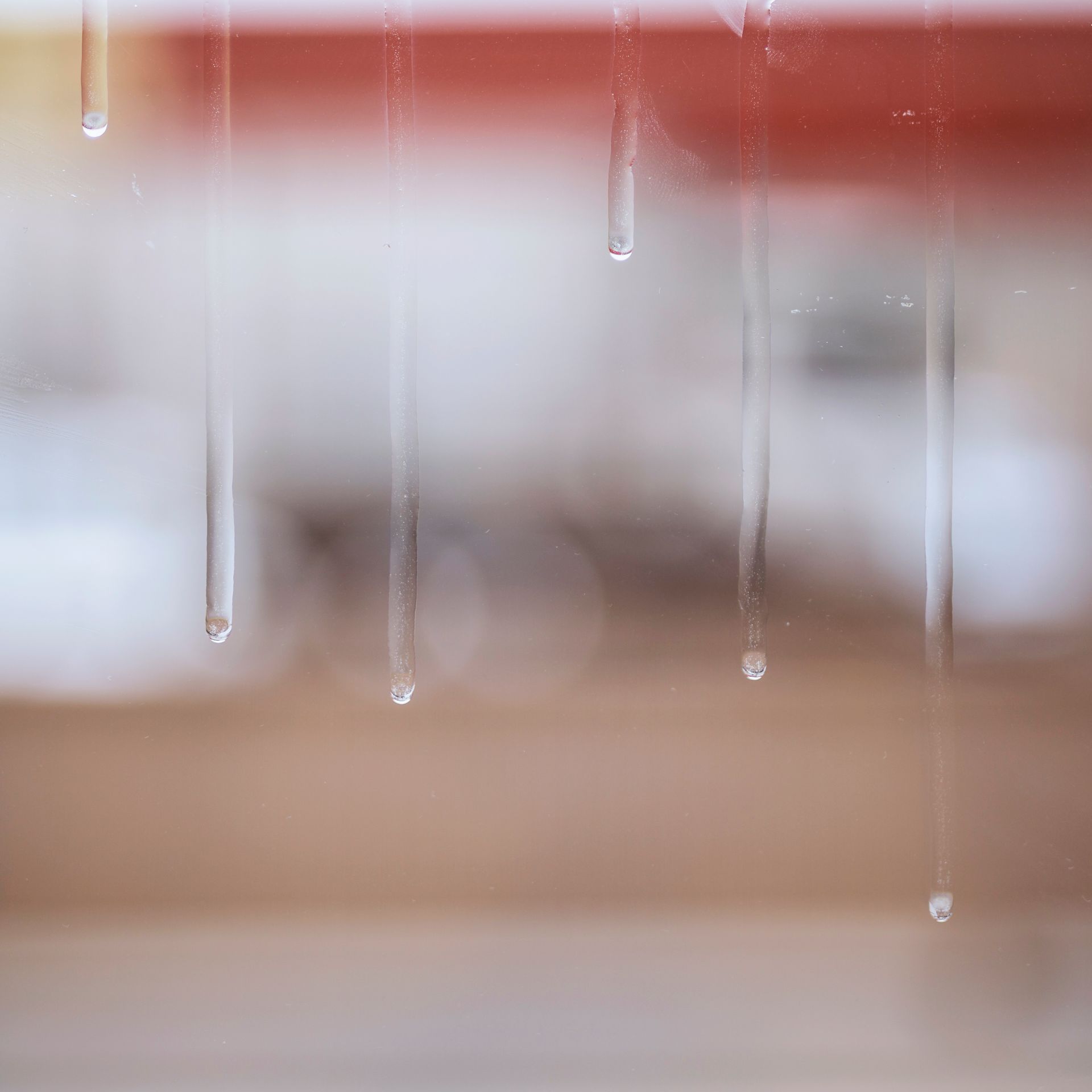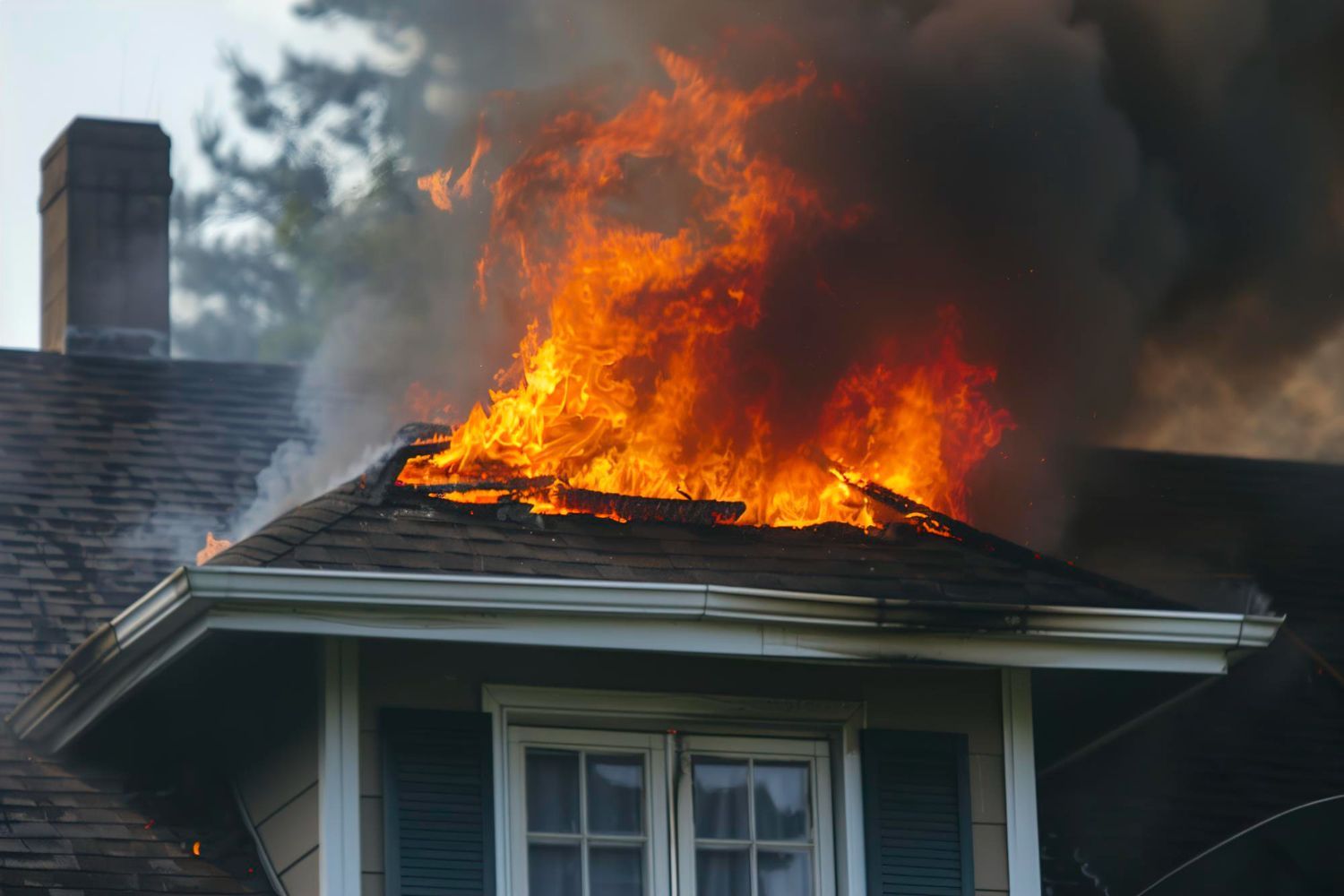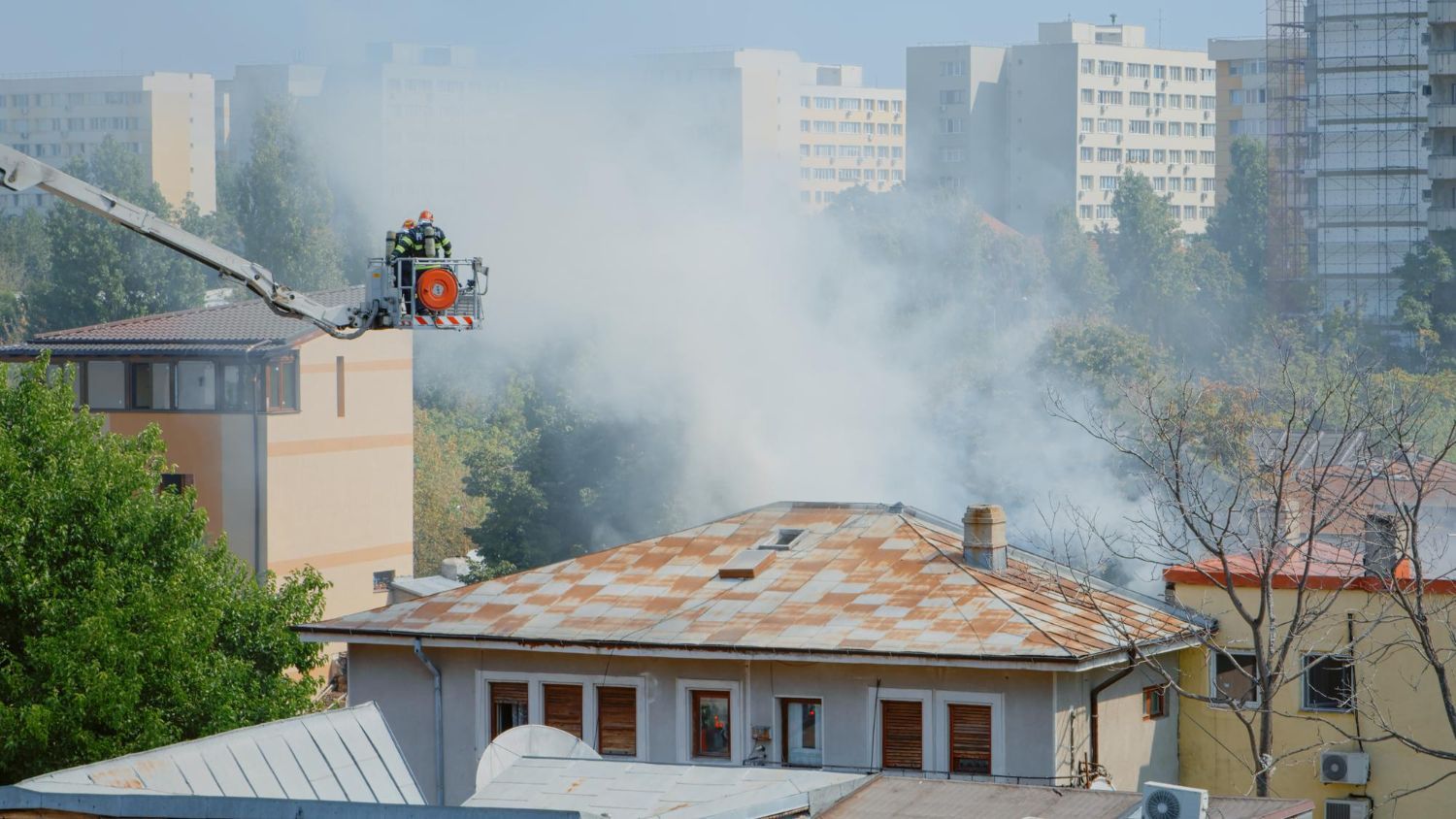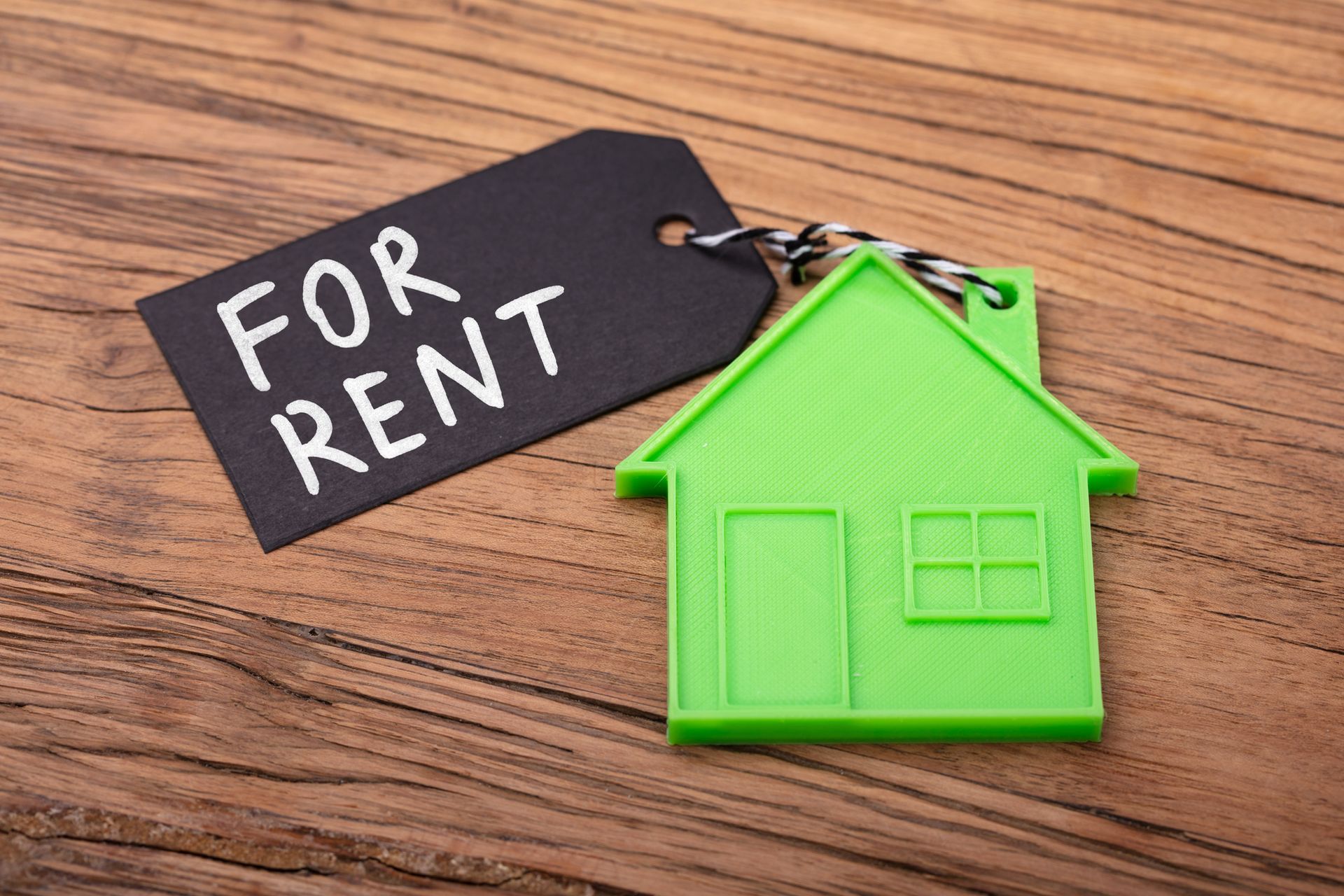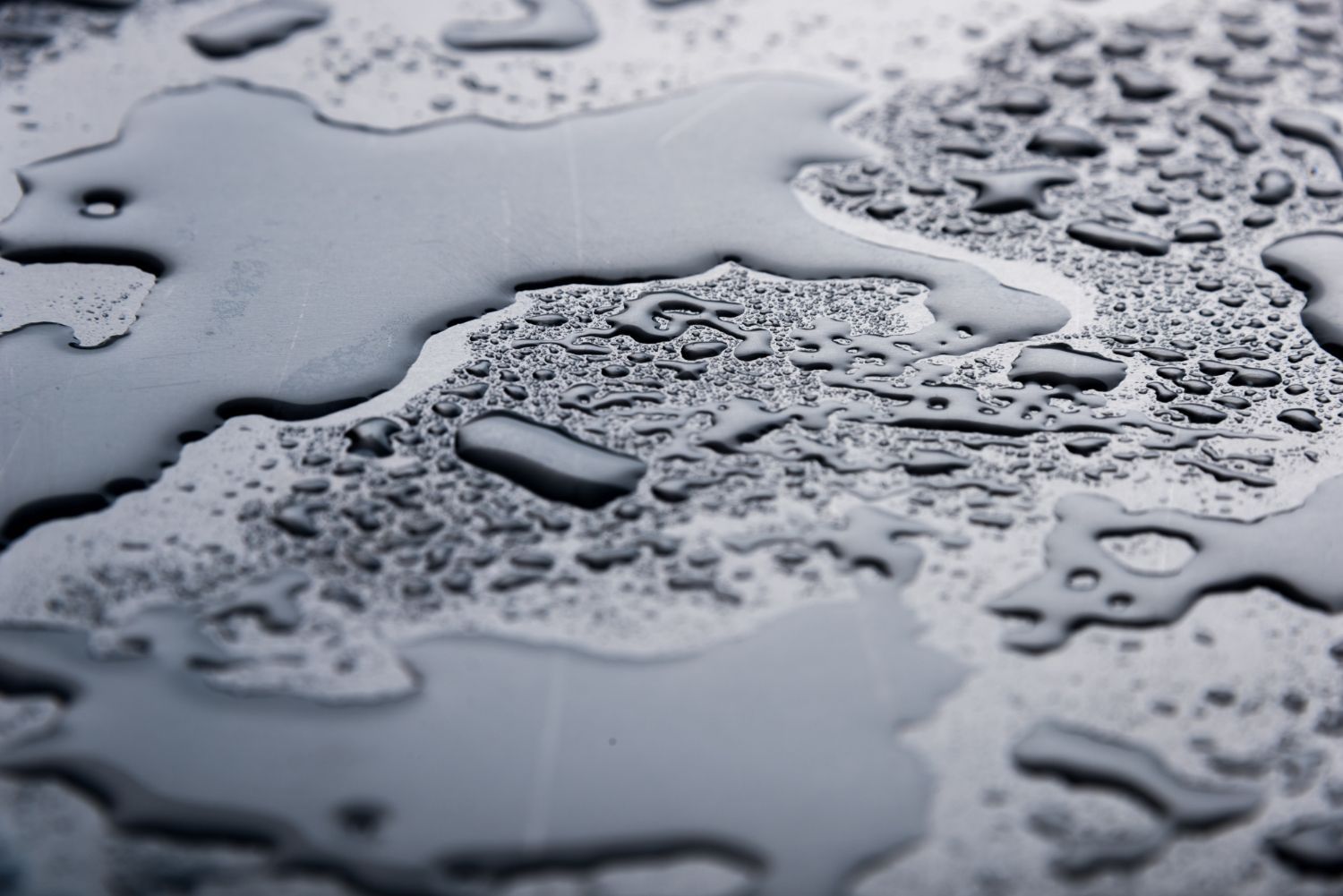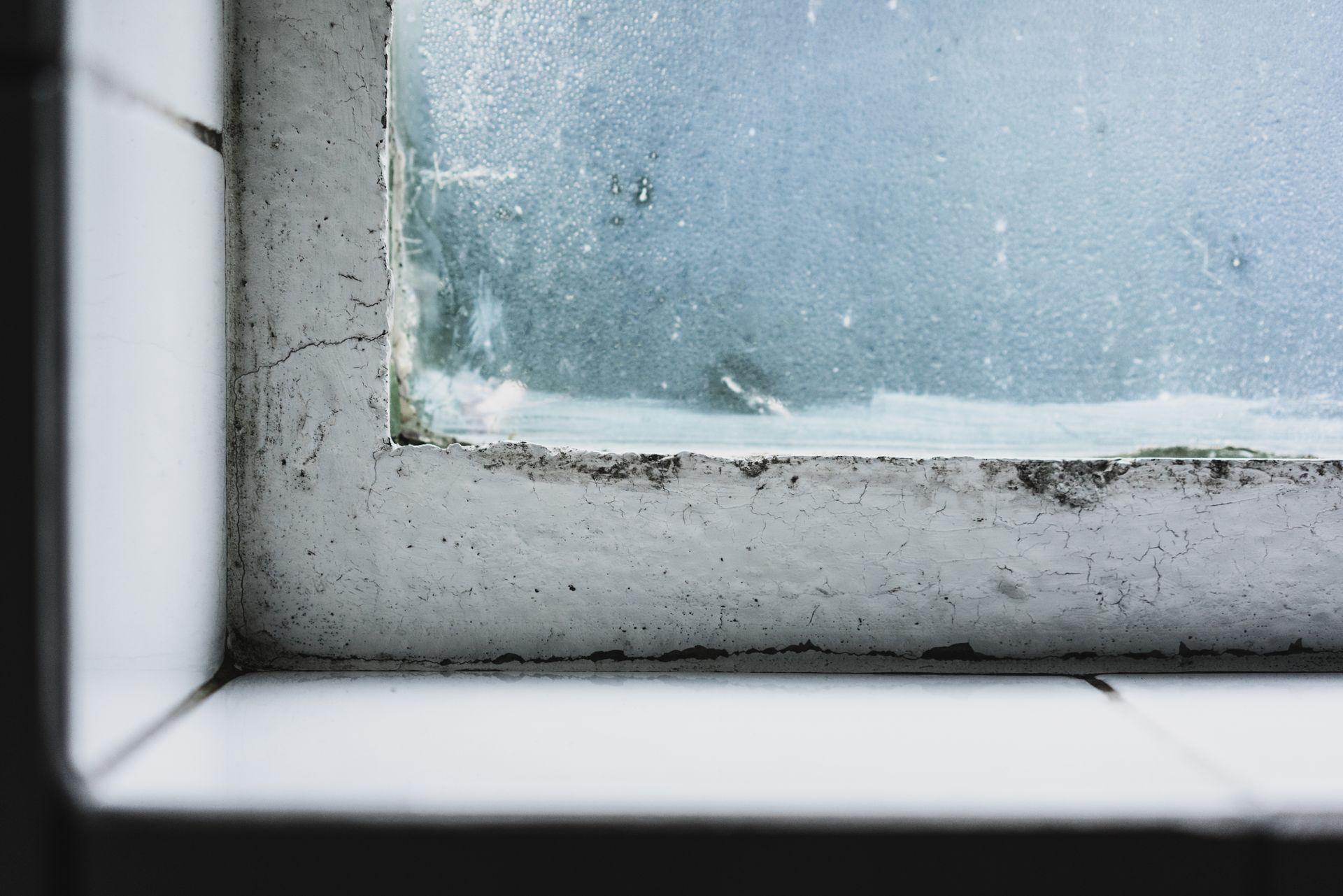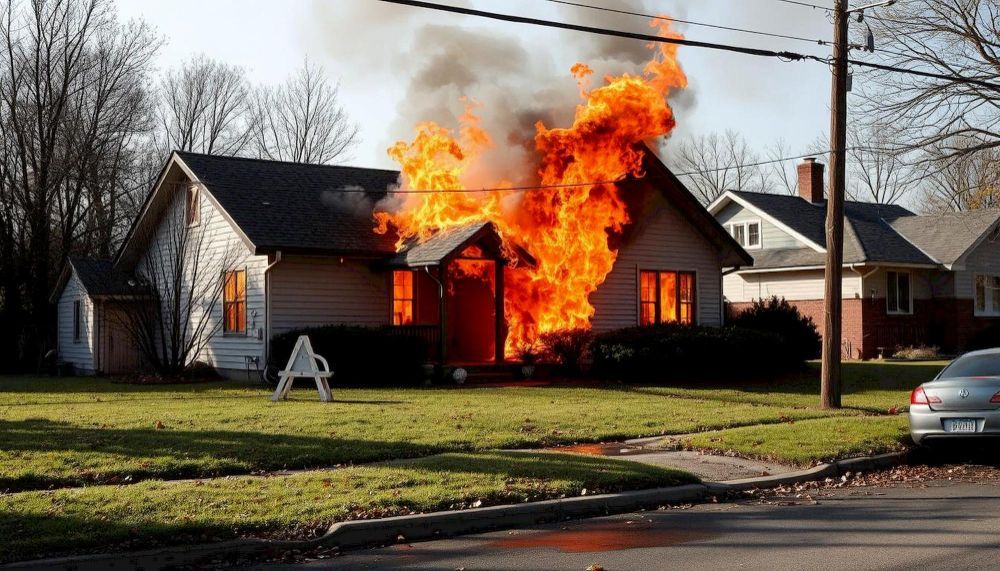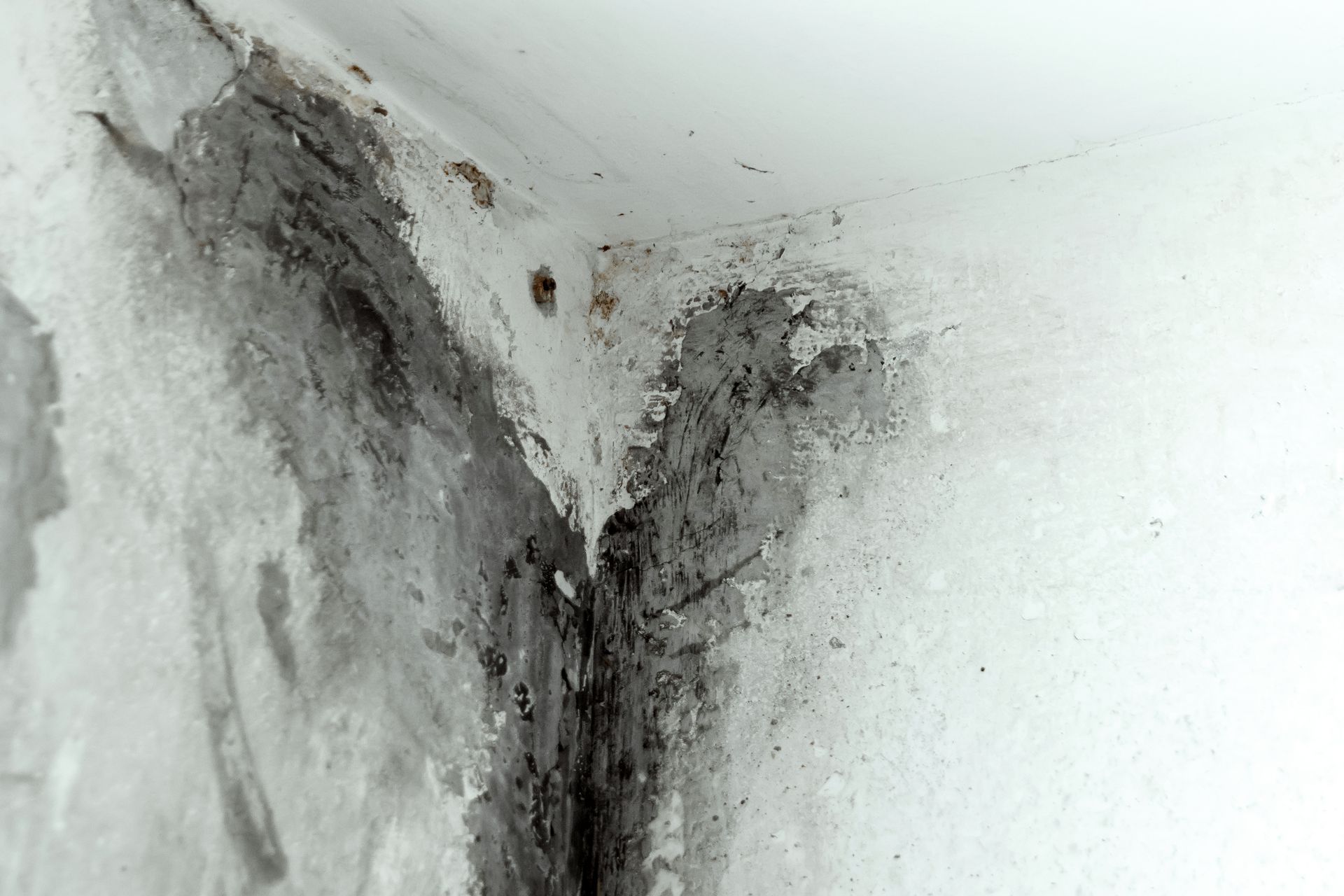The Different Types of Mold Found in Homes and How to Treat Them
The Different Types of Mold Found in Homes and How to Treat Them -Colorado Springs, CO
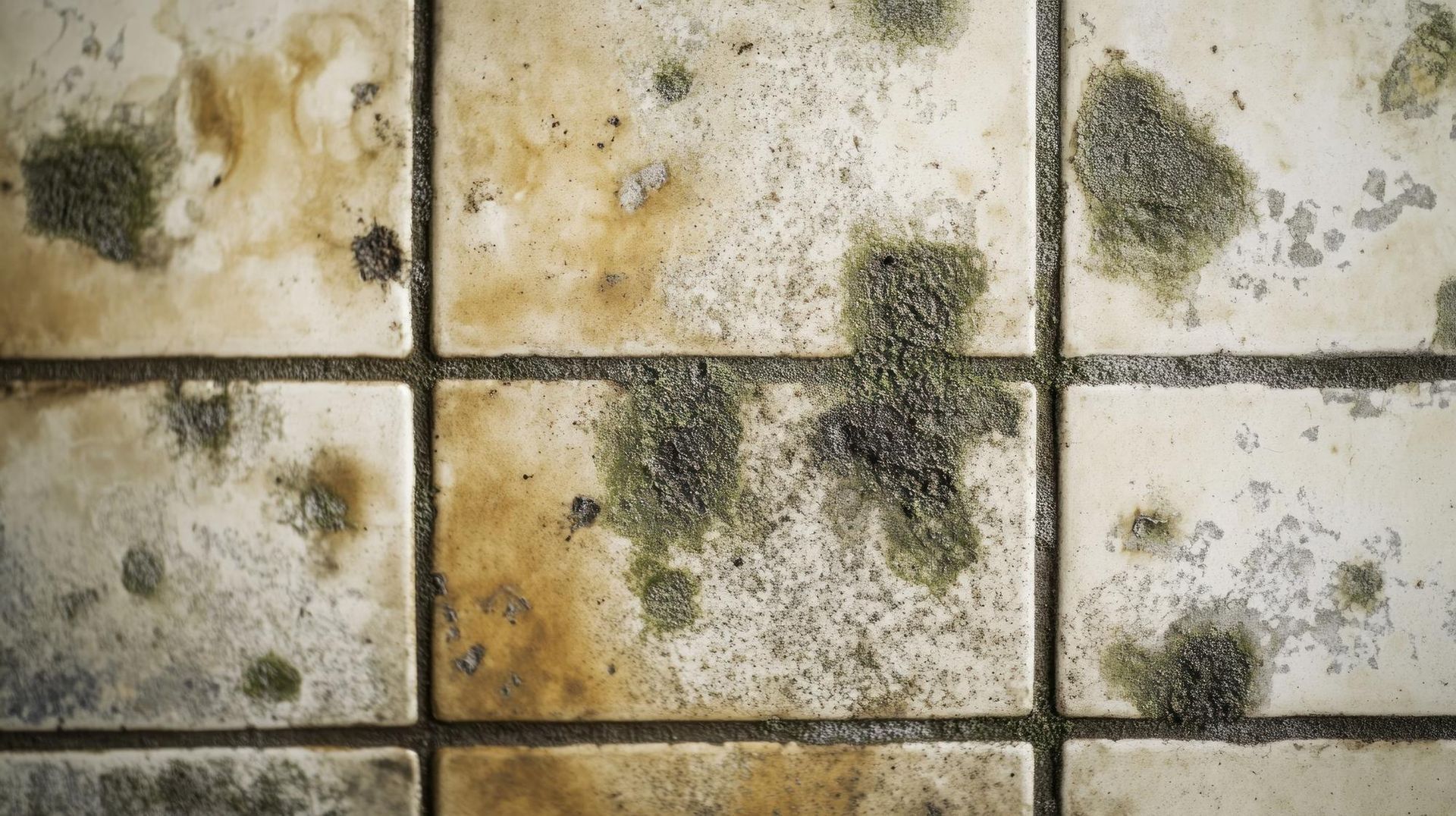
Mold is a common household problem that not only damages property but can also pose serious health risks to you and your family. At Restoration 1 of Colorado Springs, we specialize in mold remediation and want to help you understand the various types of mold that can invade your home and how to address them effectively.
1. Aspergillus
Appearance: Aspergillus is often green, yellow, or white, with a powdery texture.
Where It’s Found: Commonly found in air conditioning systems, walls, and attics.
Health Risks: This mold can cause respiratory problems, allergies, and infections, especially in individuals with weakened immune systems.
How to Treat It:
- Remove affected materials like drywall or carpeting.
- Use a HEPA vacuum to clean surfaces.
- Employ professional mold remediation for severe infestations.
2. Cladosporium
Appearance: Dark green, brown, or black with a suede-like texture.
Where It’s Found: Often found on wood, fabrics, carpets, and HVAC systems.
Health Risks: Triggers allergic reactions, asthma, and skin irritation.
How to Treat It:
- Wash non-porous surfaces with a solution of vinegar or mold-specific cleaner.
- Replace porous materials like fabric or carpet if heavily contaminated.
- Improve ventilation to reduce moisture levels.
3. Stachybotrys (Black Mold)
Appearance: Slimy and dark green or black.
Where It’s Found: Thrives in damp areas with high cellulose content, such as drywall, insulation, and carpet backing.
Health Risks: Known for its toxicity, black mold can cause severe respiratory issues, headaches, fatigue, and neurological problems.
How to Treat It:
- Leave the treatment of black mold to professionals like Restoration 1 of Colorado Springs.
- Contain the area to prevent spore spread until experts arrive.
4. Penicillium
Appearance: Blue, green, or yellow with a velvety texture.
Where It’s Found: Found in water-damaged materials, wallpaper, and mattresses.
Health Risks: Causes allergic reactions and respiratory problems.
How to Treat It:
- Discard heavily infested porous items.
- Use an antimicrobial cleaner on hard surfaces.
- Dehumidify affected areas to prevent recurrence.
5. Alternaria
Appearance: Dark brown or green with a wooly texture.
Where It’s Found: Common in damp bathrooms, kitchens, and around sinks or tubs.
Health Risks: Causes allergies and can worsen asthma symptoms.
How to Treat It:
- Clean surfaces with a mix of detergent and water or mold-specific cleaner.
- Fix leaks and improve ventilation in damp areas.
Preventing Mold Growth in Your Home
- Control Moisture: Fix leaks promptly and keep humidity levels below 50%.
- Improve Ventilation: Use exhaust fans in kitchens and bathrooms.
- Regular Inspections: Check for water damage and signs of mold in vulnerable areas like basements and attics.
- Use Dehumidifiers: Especially in damp areas of the home.
When to Call a Professional
While minor mold issues can sometimes be handled with DIY methods, extensive or toxic mold growth requires professional remediation. At Restoration 1 of Colorado Springs, we provide comprehensive mold removal services, ensuring your home is safe and healthy for your family.
Our licensed team uses advanced equipment to identify and remove mold while preventing future outbreaks.
Why Choose Restoration 1 of Colorado Springs?
- 24/7 Emergency Service: We’re here when you need us.
- Expert Remediation: We handle mold of all types and severity levels.
- Safe and Efficient: We ensure your home is mold-free without compromising safety.
Contact us today for a inspection and expert mold remediation in Colorado Springs. Let us restore your home to a safe, healthy environment.
